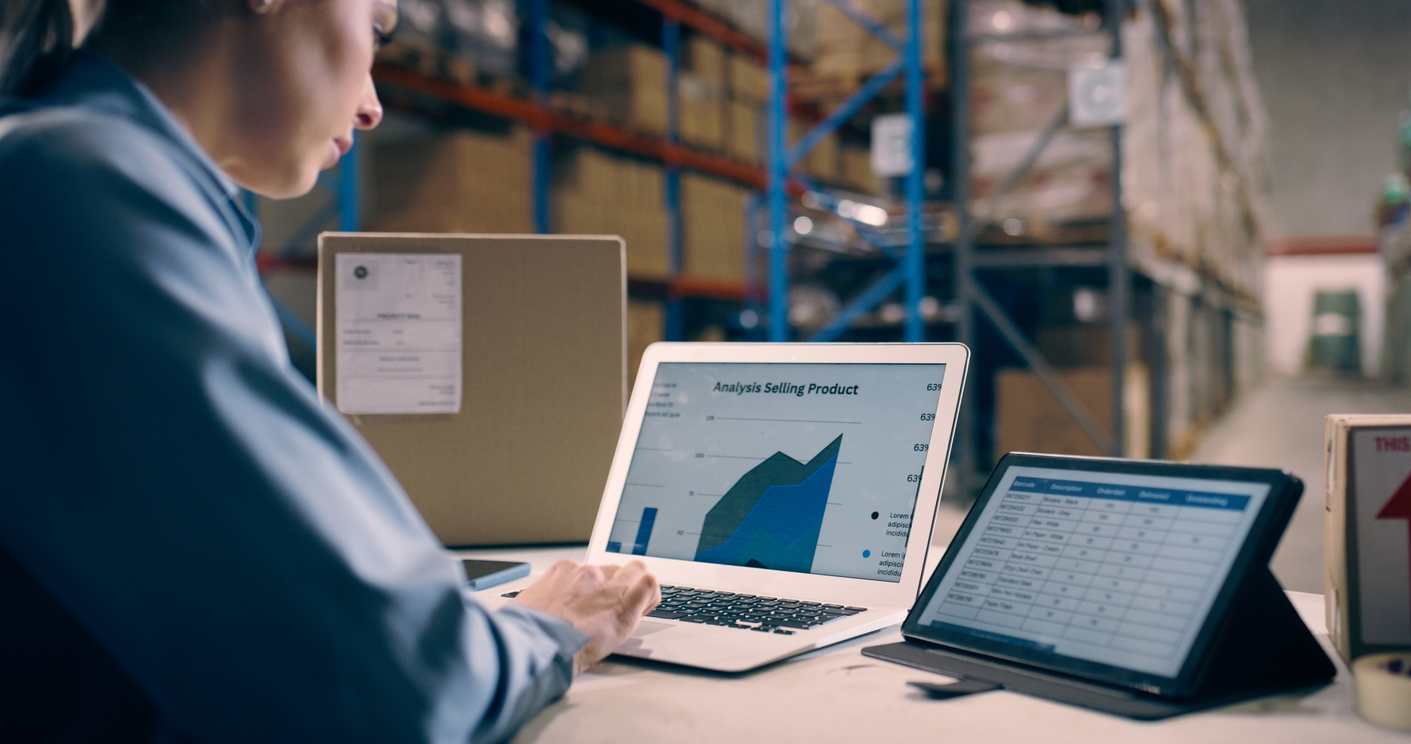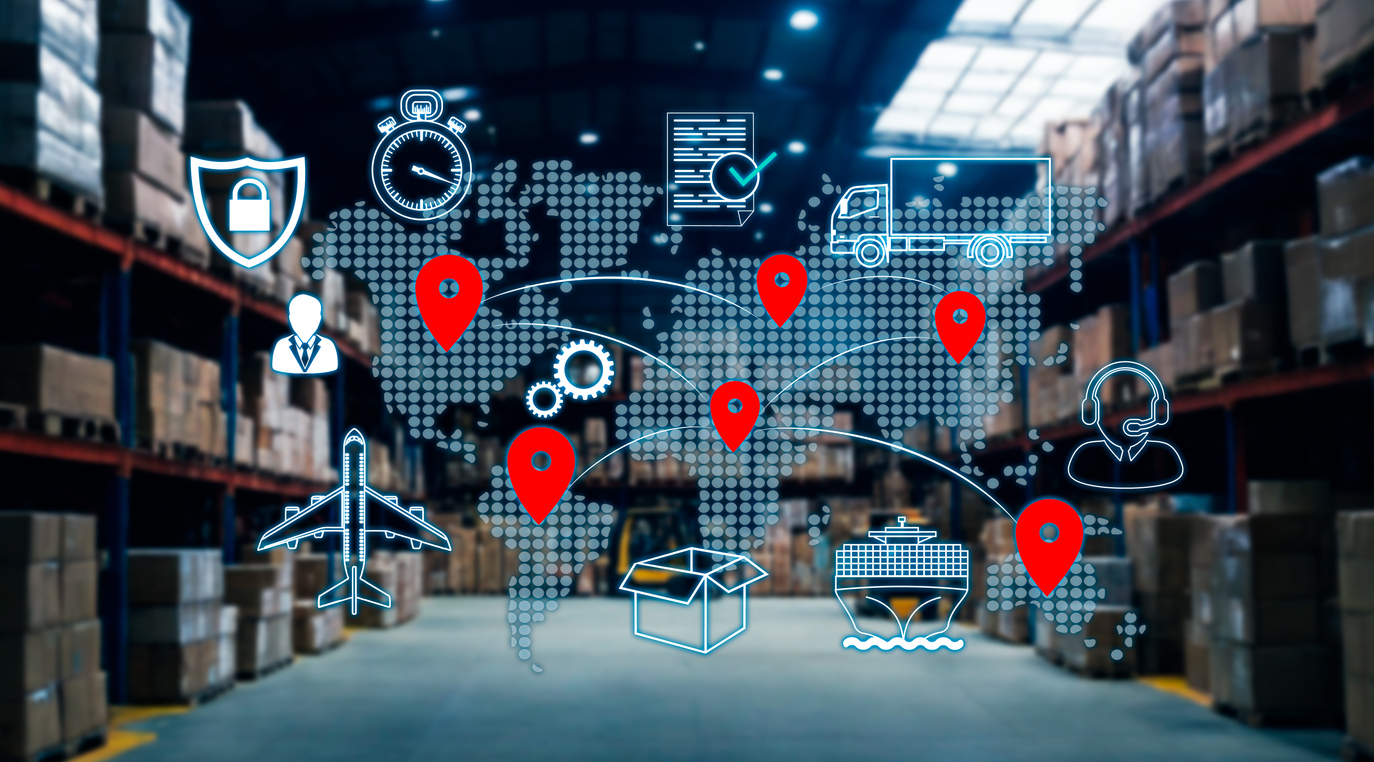How to Transition Your Shipping to a 3PL Partner and Maximize the Benefits
Transitioning your transportation operations to a 3PL partner can have immense benefits. Not only does it lead to increased savings, but it can also provide you with enhanced control and visibility of your entire transportation chain. However, it’s essential to make that transition smooth and effective. With these strategies, you can make the move to a 3PL partner more effective and take full advantage of all the benefits.
3 Reasons to Let Your 3PL Manage Transportation Solutions
Here are the top three reasons to take advantage of a 3PL partner for your transportation needs:
1. Cost Efficiency and Peak Performance
There are several ways your 3PL partner can help with overall transportation costs.
- Carrier Discounts & Volume Rates: Negotiated rates with carriers and volume discounts lower costs.
- Scalable Parcel Management: Quick parcel scaling across carriers during peaks avoids bottlenecks and surcharges.
- Optimized Transit & Route Planning: Advanced routing minimizes miles, reduces transit times and costs.
- Bundled Cost Savings: Combined transportation, warehousing, and fulfillment cut expenses and simplify operations.
These fundamental elements can go a long way toward decreasing your shipping and transportation costs, allowing you to pass those savings on to your customers or integrate other solutions within your business.
2. Technology and Insights for Enhanced Control and Visibility
With your 3PL partner, you’ll find that you have significantly more overall control and visibility over where your products are and what is needed. That includes solutions like:
- Real-Time Tracking: Full visibility and updates for customers, boosting trust and satisfaction.
- Data-Driven Optimization: Analytics refine routes, carriers, and speed for smoother shipping.
- Predictive Analytics & Operational Control: Real-time data and insights adapt strategies, ensuring efficiency during demand shifts.
With that increased visibility, you can count on your goods arriving on schedule–and when delays occur, you can make modifications or send out notifications as soon as possible.
3. Flexible and Specialized Transportation for Complex Needs
Sometimes, you may have cargo that has specific needs. Your 3PL provider can offer the solutions you need to keep that cargo moving just as smoothly as everything else. That can include:
- Tailored Freight Solutions: Custom options like temperature control, oversized, or sensitive shipping.
- Dynamic Freight Options: LTL, FTL, drayage, and adaptable options for high-volume or specialized needs.
- Compliance & Safety for Regulated Freight: Meets safety and regulatory standards, ensuring secure delivery.
As you work with a 3PL partner, you can feel confident that no matter what you’re shipping, there is a solution that will fit your needs.
5 Steps to Transition Your Shipping to a 3PL Partner
If you’re ready to transition to a 3PL partner, you can do it with these simple steps.
1. Assess Your Shipping Needs
Before you make any major transition for your business, especially when it comes to your shipping and logistics, it’s important to take a close look at your needs so that you can choose a partner that is able to fulfill them. Evaluate your current logistics challenges. Are you dealing with extended shipping times because warehouses are not positioned where they need to be? Do you struggle to keep track of where shipments are in the chain or to deal with delays when they occur? Make sure you are clear about your current needs and challenges and what you may need to get in place.
Next, define specific goals for shipping and fulfillment. Ideally, quantify those goals, whether that means decreasing shipping times or decreasing costs. With those goals laid out clearly, you can more easily find the provider that will fit your needs.
2. Choose the Right 3PL Provider
Do your research before you choose a 3PL provider. You want to find a provider with:
- Strong carrier relationships
- Robust technology that fits your need for visibility and accuracy
- Industry-specific expertise from a provider that understands your unique needs
Carefully assess the providers you’re considering partnering with and ask questions about how they can fit your needs. If they do not understand your needs or have the ability to handle your fulfillment requirements, they aren’t the right provider for you.
3. Integrate Technology and Operations
Before you make the transition to working with your new 3PL provider, take a look at your technology integrations. Many providers will have technology that already integrates seamlessly with your existing solutions. Talk to them about what solutions they’re using and how they will work with your current apps and software. If needed, institute new technology or allow permissions where needed. Once integrated, it will enable real-time data sharing and tracking, allowing you to make the most of your new solution.
4. Establish a Transition Plan
Implement a phased transition to shift operations to the 3PL gradually. Set up communication channels so that it’s easy to get answers to any questions or troubleshoot any problems. Make sure you have a training plan in place so that necessary employees will be able to learn how to use the new system and prepare for the new solution.
5. Monitor Performance
Once you’ve made the transition to a new shipping provider, make sure you’re prepared to monitor performance and keep up with how your 3PL provider is meeting your needs. Monitor and regularly review performance metrics like:
- Delivery speed
- Costs
- Customer satisfaction
Compare them to previous results so that you can see how well the new provider can fit your needs and how it continues to work and grow over time. Continuously adjust strategies with your 3PL to optimize performance as your business evolves. That adjustment should continue throughout your partnership to allow you to maximize those benefits and continue to deliver the highest quality of service to your clients.
Make the Transition to a 3PL Partner Today.
Working with a 3PL partner who can handle all of your transportation and logistics needs can make a huge difference in your overall results. It offers lower costs, enhanced visibility, and flexible shipping strategies that can go a long way toward helping you meet your goals. Make the transition as smooth as possible by utilizing these best practices as you strengthen your logistics foundation for long-term success in a changing market. Are you ready to optimize your transition? Contact us to discuss how Symbia can support your logistics and transportation needs.










